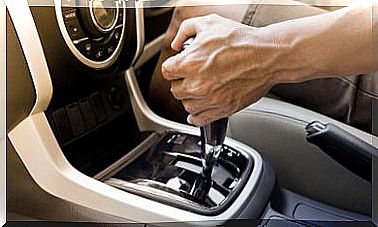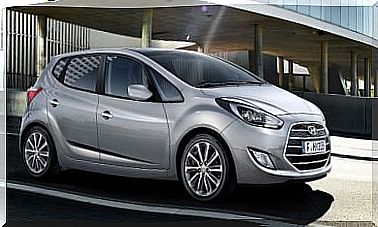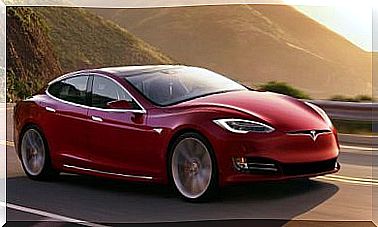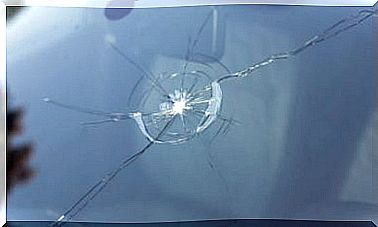Turbo Roundabout: What It Is And How It Works
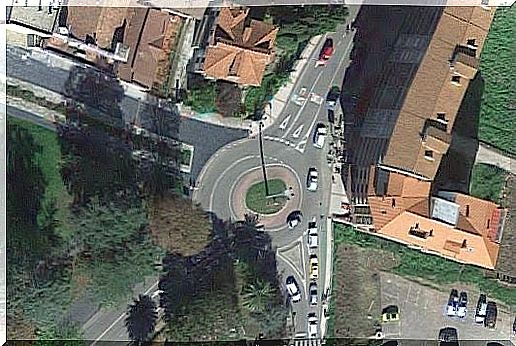
The first roundabout built in Spain dates from 1976, and was located in Mallorca. Since then there are still drivers who do not know how to take them correctly.
In many cases you can find cases of people leaving a roundabout from an inside lane and without using the turn signals. However, the correct thing to do is to shift into an outside lane before leaving the roundabout.
Another problem that may be encountered, although in this case it is not punishable, is to circulate in the outer lane of the roundabout and go through several exits.
In this case , other lanes are not being invaded, but the traffic of drivers wishing to exit through those exits that we block when circulating outside the roundabout is hindered. The Administration has sought solutions to these situations to reduce the danger on the roads.
Origin and principles of the turbo roundabout
To facilitate the traffic of vehicles in the roundabouts, the so-called turbo roundabouts have begun to be established. These modified roads aim to achieve better traffic management in these usually trouble spots.

They are an idea originally from the Netherlands, based on the need to improve traffic in conventional roundabouts, especially in areas with a very high traffic density.
Turbo roundabout setup
The turbo roundabout appears as a non-circular central island that channels traffic through various entrances along the road. This is intended to correctly indicate to each driver the path to follow, thus avoiding confusion related to who has priority at all times.
Its main element is the spiral-shaped lane to eliminate the possibility of drivers invading the lanes that do not correspond to them according to the destination they want to go to.
Using solid lines, turbo roundabouts force drivers traveling on the outer edge to leave the roundabout at the first exit. On the other hand, if you want to continue in the roundabout to take another road, drivers must enter the roundabout from the inside of it.
Ultimately, drivers must choose the lane in which to circulate according to their destination, and always before entering the roundabout. Therefore, within the turbo roundabout there is no possibility of changing the decided destination.
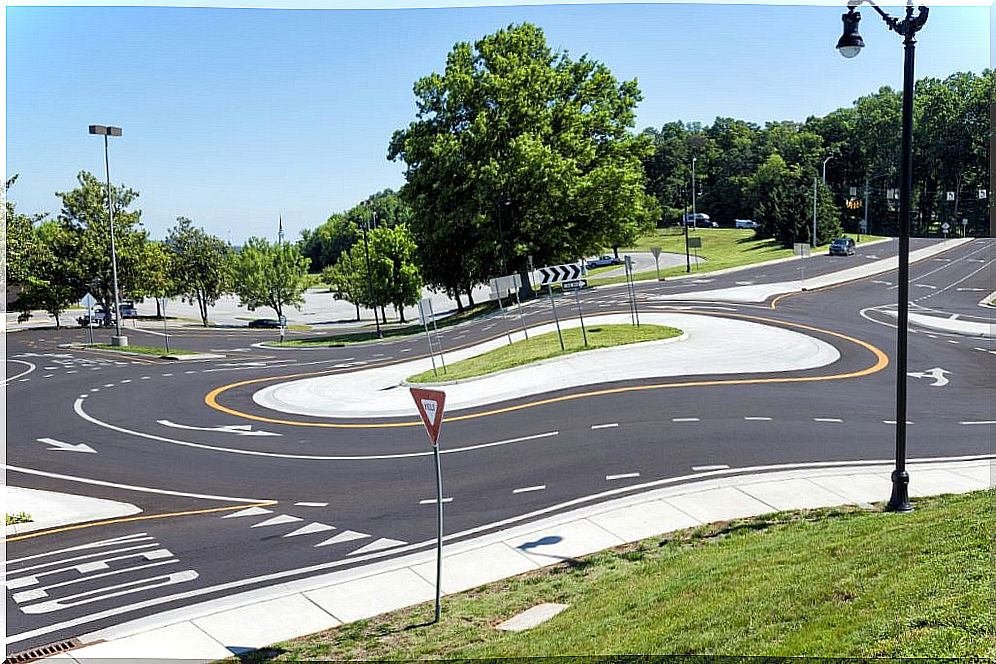
This aims to avoid side collisions by drivers leaving roundabouts from inside lanes, with their consequent and costly repairs. In addition, it manages to increase the traffic capacity inside the roundabout.
This is achieved because you can more efficiently manage the flow of vehicles at the intersection and avoid traffic jams and delays.
Pedestrians in the turbo roundabout
It should be noted that in no case have turbo roundabouts been designed for pedestrians. This new roundabout design puts pedestrians out of the ring, at a safe distance. This aims to make it easier for drivers to see them and avoid collision accidents.
In some cases pedestrians have been found breaking traffic regulations when passing through a turbo roundabout. This is especially dangerous due to the greater complexity these roundabouts present to the naked eye, which can lead to even more accidents.
Types of turbo roundabouts
There are marked and unmarked turbo roundabouts. In the second case, there will be a roundabout with greater traffic capacity than a single-lane roundabout, which improves traffic at the intersection. However, you will never get as much traffic capacity as in a marked turbo roundabout.
On the other hand, you can find two or three-lane turbo roundabouts, usually without signposting. In the case of four or six lane turbo roundabouts, they will always be signposted to facilitate their use. In any case, the exits from these roundabouts never have more than two lanes.
Advantages of the turbo roundabout
When it comes to road safety, turbo roundabouts have shown that hotspots can be reduced from 16 to 10. This is accomplished by eliminating the possibility of invading lanes. In addition, once inside, circulation is facilitated by indicating to each driver the correct path to follow.
In terms of traffic capacity, turbo roundabouts can accommodate a traffic flow between 25% and 35% greater than conventional two-lane roundabouts. Overall, this new intersection design brings many benefits to traffic and driving safety.

